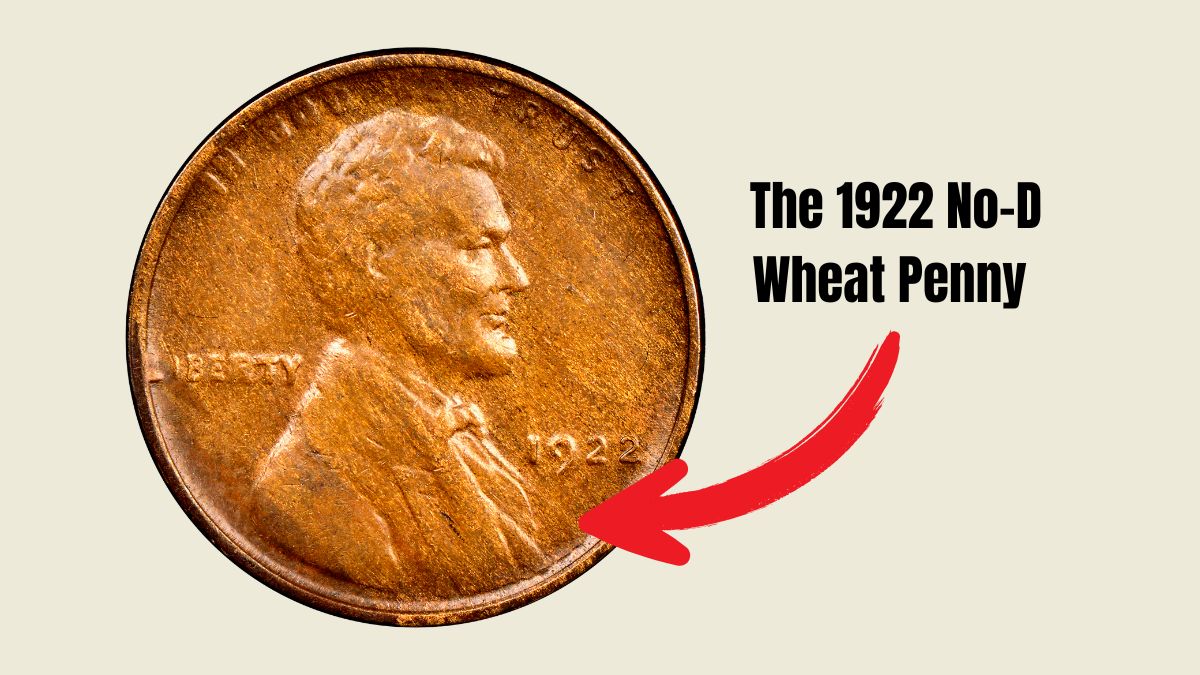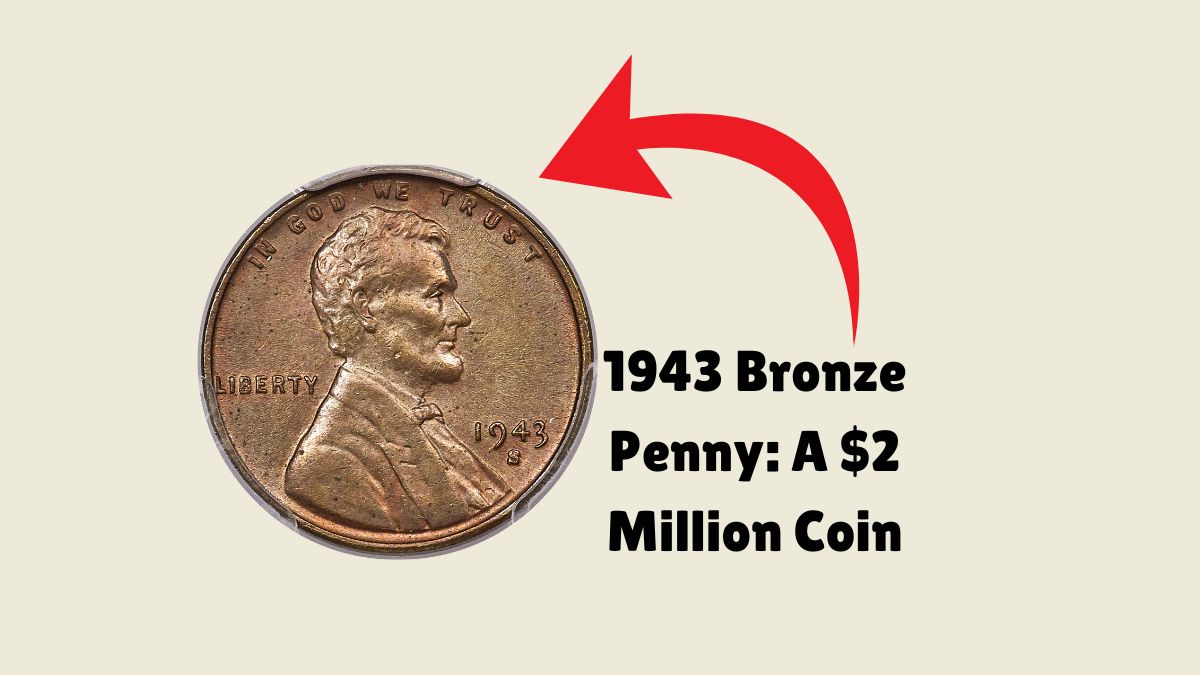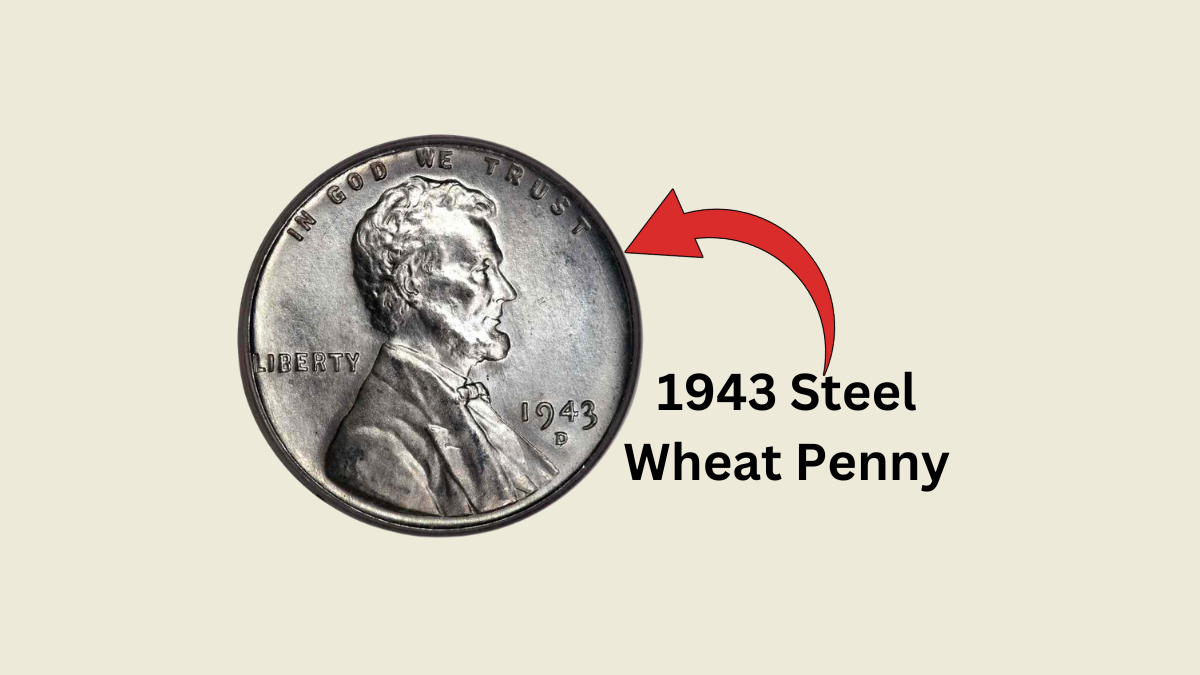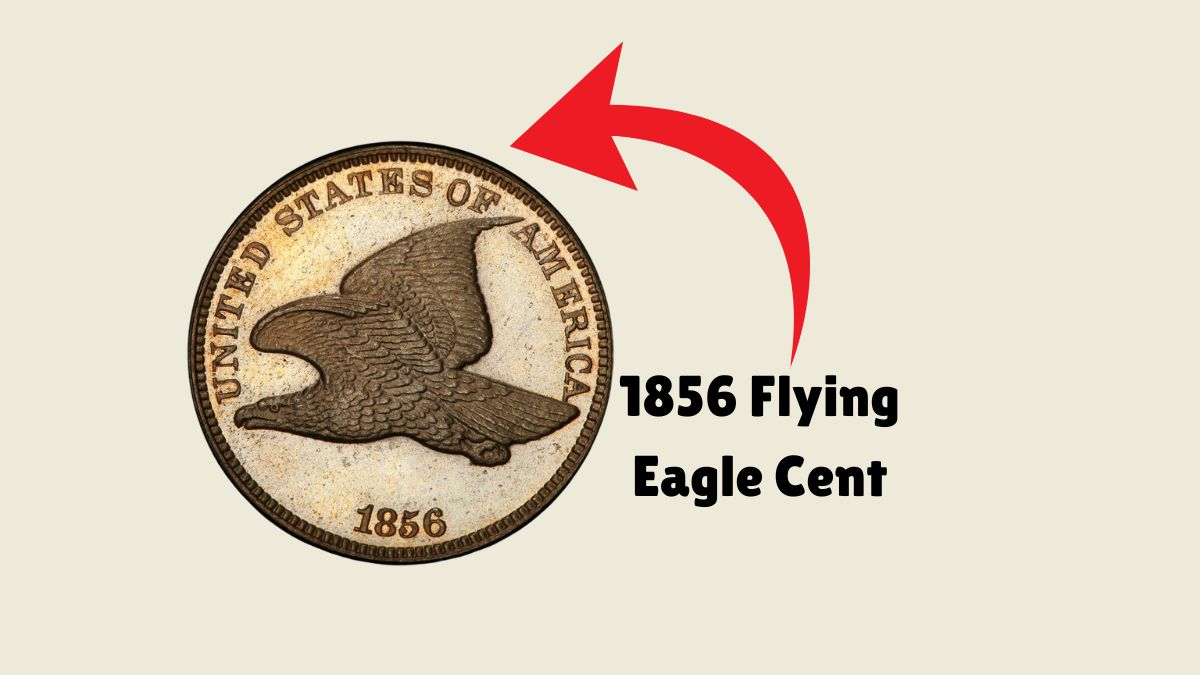The 1922 No-D Wheat Penny is one of the most coveted coins in American numismatics, fetching values as high as $85,000 in pristine condition.
This unique coin was the result of an unexpected minting error that turned a routine production into an iconic collectible.
In this article, we’ll explore the history, rarity, and factors that contribute to the extraordinary value of this one-of-a-kind penny.
The Story Behind the 1922 No-D Wheat Penny
The 1922 Wheat Penny was minted exclusively at the Denver Mint, identifiable by the “D” mintmark under the date.
However, due to die wear and polishing, some coins were produced without a visible “D,” giving birth to the now-famous No-D variety.
This minting mishap occurred as workers attempted to fix a worn die by over-polishing it, inadvertently removing the mintmark.
As a result, the No-D pennies became a rare anomaly in U.S. coinage, making them highly desirable among collectors.
Why Is the 1922 No-D Penny So Rare?
- Limited Production: Unlike other minting errors, the No-D penny was not mass-produced. Out of the total 1922 penny mintage, only a fraction lacked the “D” mintmark.
- Single Mint Location: All 1922 pennies were minted in Denver, so the absence of the “D” mintmark is an unmistakable error.
- Condition Sensitivity: High-grade examples of the No-D penny are exceptionally rare, as many circulated heavily before their value was realized.
Value of the 1922 No-D Wheat Penny
The value of the 1922 No-D Wheat Penny depends on its condition and variety. Coins with clear, sharp features fetch premium prices.
| Grade | Estimated Value |
|---|---|
| Good (G-4) | $750 – $1,200 |
| Fine (F-12) | $3,000 – $4,500 |
| Extremely Fine (EF-40) | $15,000 – $20,000 |
| Mint State (MS-63) | $60,000 – $85,000 |
High-grade examples graded by professional organizations like PCGS or NGC can reach auction prices exceeding $85,000.
Factors That Influence Value
- Grade: The better the condition, the higher the value. Mint State coins with minimal wear are the most valuable.
- Die Variety: Not all No-D pennies are equal. Coins with strong reverse details (known as “Strong Reverse” varieties) are more desirable.
- Certification: Authentication and grading by reputable organizations significantly increase market value.
How to Identify a 1922 No-D Wheat Penny
To confirm the authenticity of a No-D penny:
- Check for Mintmark: The absence of a “D” under the date is the primary feature.
- Inspect Reverse Details: Strong reverse details indicate a higher-quality strike, increasing the coin’s value.
- Authenticate: Have the coin graded by a professional service to ensure it’s genuine and accurately valued.
Common Counterfeits and Mistakes
Given its rarity, the 1922 No-D penny has been heavily counterfeited. Common issues include altered coins with removed mintmarks or misidentified examples. Always purchase from trusted dealers and request certification.
The 1922 No-D Wheat Penny is a fascinating artifact of U.S. minting history. Born from an unintentional mistake, it has become a treasure for collectors and a symbol of the allure of rare coins. Its rarity, historical significance, and high market value make it a prized possession in any collection.
FAQs
How do I know if my 1922 penny is a No-D variety?
Examine the area under the date for a missing “D” mintmark and check reverse details for a strong strike.
Why is the 1922 No-D Wheat Penny so valuable?
Its rarity, unique origin, and demand among collectors contribute to its high value.
Can I still find a 1922 No-D penny in circulation?
While extremely unlikely, it’s possible to find one in private collections or through specialized dealers.




